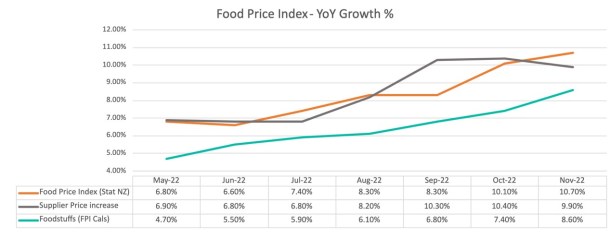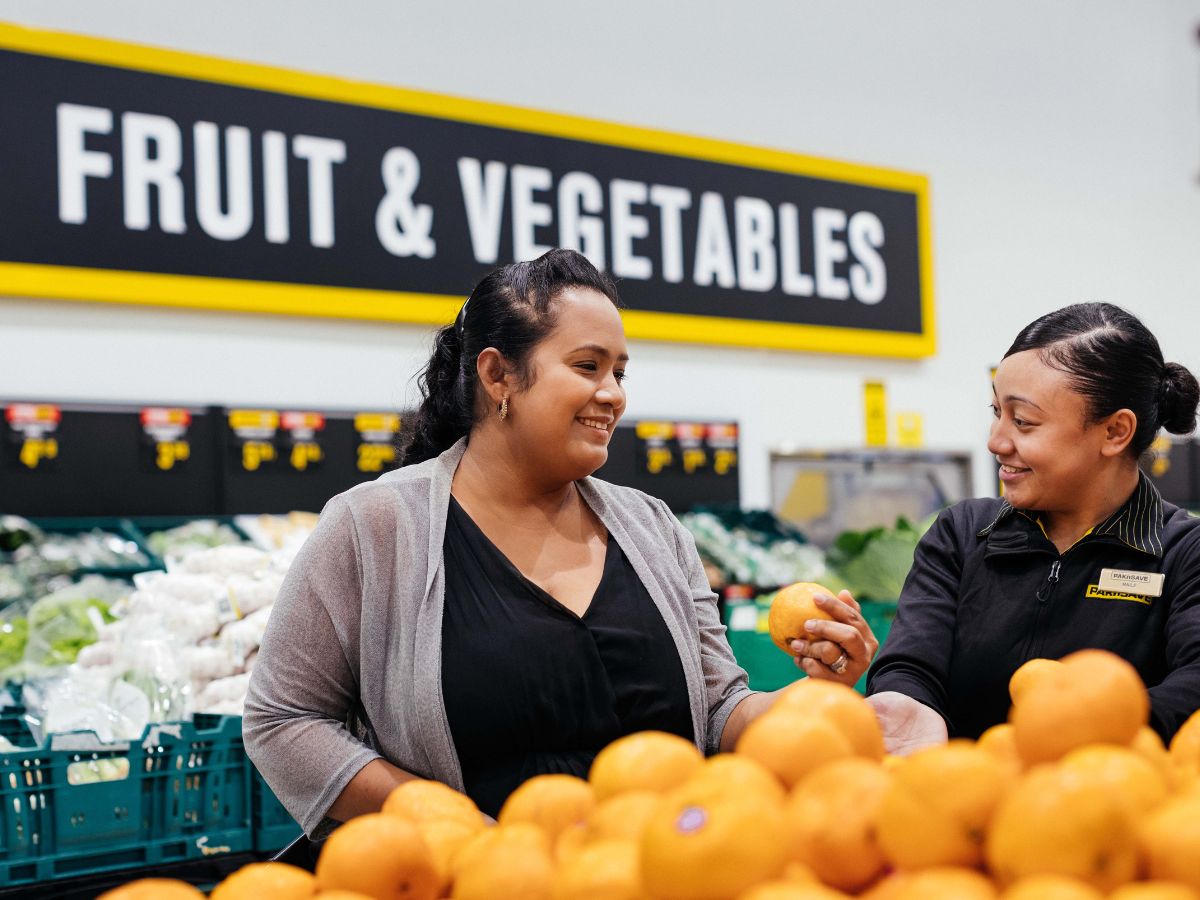“The headwinds that have seen New Zealanders face the fastest rate of inflation in decades this year are still present,” says Foodstuffs NZ Managing Director Chris Quin.
Commenting on the latest food price inflation figures released by Stats NZ today, Quin says while we were all hopeful inflation would have peaked and be in decline in 2022, the challenges have become entrenched and will remain for both businesses and households as we head into next year.

“The cost of getting food to market is still being pushed up by the escalating overall cost of doing business and ongoing supply chain pressures. It’s still much more expensive to run a business and to get goods when you need them than it was pre-pandemic.
“Food growers, makers and retailers have been in the economic equivalent of the Roaring Forties this year, with all of the major drivers of inflation both globally and domestically being felt from paddock to plate.
“The fight against inflation to help ease pressure on household budgets will remain our number one focus over Christmas and into 2023.
“We’re into our busiest trading period and our teams are going the extra mile to make sure customers can get what they need on shelf over the busy summer season, when New Zealanders need a good break.
“Overall, rising inflation has dampened consumer sentiment. This is reflected in our Customer Insights Survey which showed that while half of our customers say they will spend the same amount at Christmas, 1 in 3 are planning to spend less.
“In the face of rising costs, customers will continue to re-evaluate where they shop and what they buy. Value will remain king for them and retailers will have to compete hard.”
Headwinds persist
Stats NZ Food Price Index (FPI) shows food prices increased 10.7% for November 2022 compared to a year ago.
In November, the average cost increase from suppliers to the Foodstuffs co-operatives on the same products measured in the FPI basket was 9.9%. On the same products, the retail price increase to Foodstuffs customers was 8.6% – meaning the co-operatives’ members held prices in their stores at 2.1% less than inflation in November, and 1.3% below cost increases from suppliers on the FPI basket.
This month’s Infometrics – Foodstuffs New Zealand Grocery Supplier Cost Index shows sustained pressure on supermarkets’ costs from record supplier increases, up 10.2%pa in November, illustrating how input cost pressures are persisting as suppliers continue to pass through the higher costs they have faced this year.
“While signs global commodity prices are coming off their peak is good news, we also have to be realistic about the fact that our isolation as a small market at the bottom of the world means it will take longer for those changes to flow through to us, and domestic pressures still remain,” says Quin.
“It’s good to see value starting to emerge on popular produce for customers, including strawberries, tomatoes and broccoli.
“We’ll continue working hard to ensure we’re keeping the shelves stocked and delivering value for customers right through the busy summer season.”



